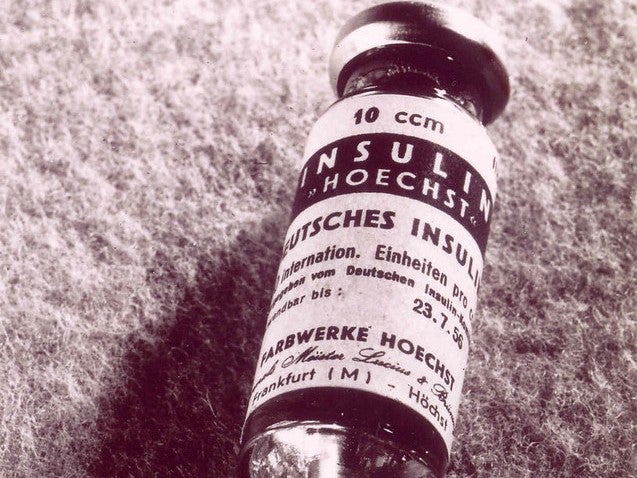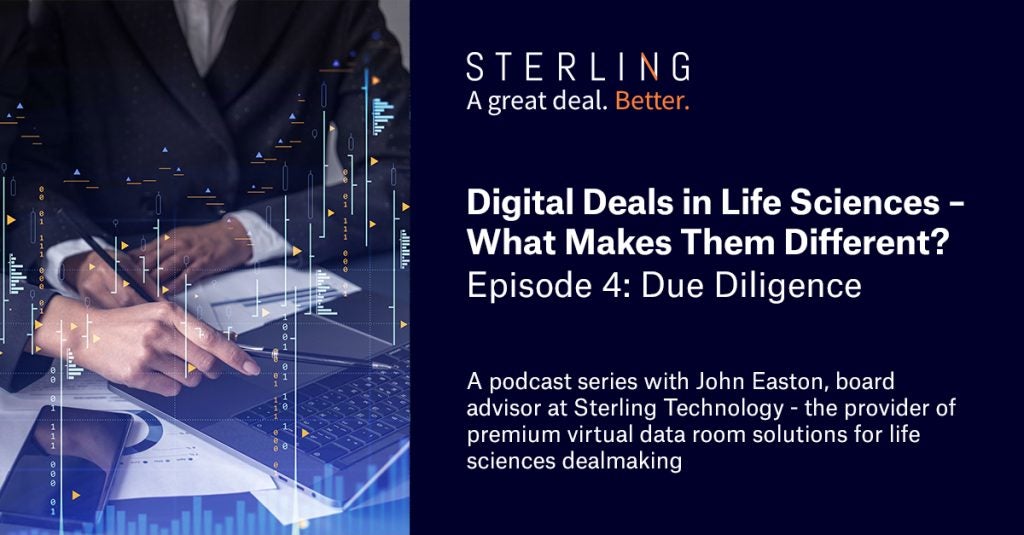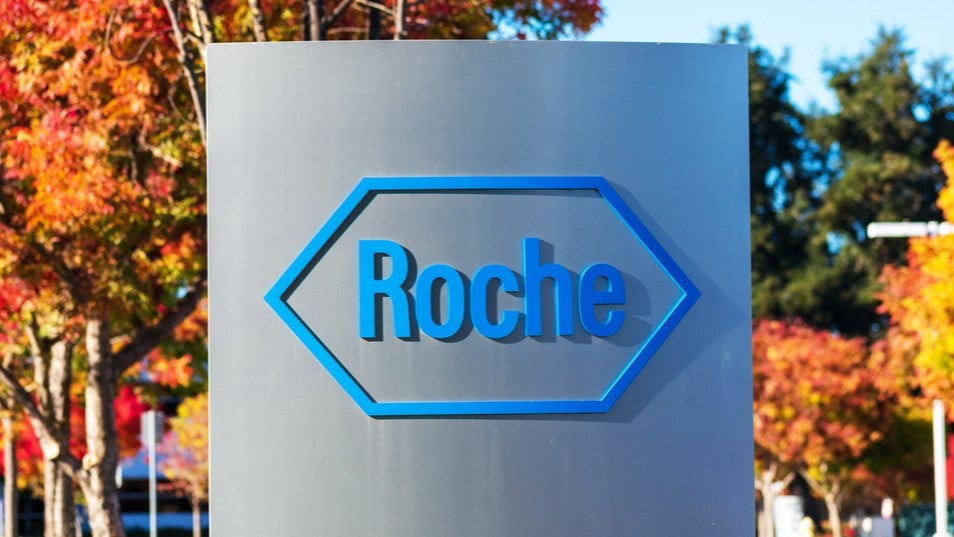
Almost a century after Hoechst, one of the companies that later merged to form Sanofi, launched the first insulin product for diabetes, the French pharma giant remains committed to transforming the lives of this patient group, which still has many poorly-met needs in dosing and daily management of the condition. Sanofi’s long-term commitment is to see a world without diabetes.
Although for 90 years this has focused on improving insulin production, and developing new synthetic versions of this life-saving drug, Sanofi has now announced it will be less focused on bringing forward new diabetes treatments.
Sanofi global head of integrated care Chris Boulton explains innovation for the company will focus on how to combine existing drugs with technological tools to support patients with diabetes, both Type 1 and Type 2, to self-manage their condition more effectively. Boulton has experienced first-hand how drugs are unable to fully support patients – his daughter has Type 1 diabetes – and the need for new ways to overcome the challenges these patients continue face in managing this intricate, all-encompassing condition.
Allie Nawrat: What is Sanofi’s long-term history in the diabetes field? How has this grown and evolved?
Chris Boulton: We have about 100 years of history in diabetes, there’s been a long-term commitment from the company. Starting very early on, Hoechst was one of the first companies that provided insulin overall. Then, of course, you move on from the human insulin to the semi-synthetic human insulin, they came out in about the 1980s. There was a real step change around 20 years ago with the introduction of insulin glargine, people better know this as Lantus [which is a Sanofi drug]. This has helped about 100 million adults, adolescents and children in all 130 countries in the world. We have gone on to launch other products, such as Toujeo.
[So] we have a long history in the development of insulin and we’re very proud of how we supported the community of patients and physicians and payers by providing great products. But we recognise that there is more to serving the community than just providing products. We’ve talked about 100 years, but we are now moving into a new phase for the next 10 years where we will see exciting advances in the technology space to support the management of diabetes. We see the next major breakthrough in diabetes support coming from technology over the next few years.AN: What are the enduring challenges facing the treatment and management of diabetes?
How well do you really know your competitors?
Access the most comprehensive Company Profiles on the market, powered by GlobalData. Save hours of research. Gain competitive edge.

Thank you!
Your download email will arrive shortly
Not ready to buy yet? Download a free sample
We are confident about the unique quality of our Company Profiles. However, we want you to make the most beneficial decision for your business, so we offer a free sample that you can download by submitting the below form
By GlobalDataCB: The scale of the Type 2 diabetes pandemic; this is well known. Healthcare systems are struggling to manage the numbers of people with Type 2; there are not enough endocrinologists or even primary care physicians to manage this. Then think of a world where this is exploding further, with more and more people being diagnosed.
We know that glycaemic control is poor from current drug approaches. In Type 2 diabetes, 50% of people achieve their HBA1c goal, and in Type 1 diabetes it is even worse, about three quarters of people don’t achieve their goal. The problem is keeping a balance between hypoglycaemia and hyperglycaemia; there is a fear of hypo in the back of people’s minds, which is why people don’t necessarily titrate to optimal levels.
AN: How is Sanofi working to overcome these challenges?
CB: We have recently announced we are going to be less focused on bringing forward new diabetes treatments; it is tough to continue to bring transformational medicines in the space of diabetes.
Despite many new and excellent medicines being launched, glycaemic control has not improved in 20 years. This leads to the conclusion that we need to come at improving glycaemic control from other directions, [such as by] bringing in tools, services and devices that support patients with time and range; this will reduce short-term and long-term complications.
If people cannot get in front of physicians regularly, then they need tools to help them manage their condition themselves. Innovation for us [from now on] is in the form of integrated care; we recognise that there is more to serving the community than just providing products.
AN: Why are collaborations so crucial in supporting Sanofi in its goal to see a world without diabetes?
CB: We are an insulins company, and we have been for nearly 100 years, so that is where our expertise lay. One of the most exciting parts is there are many technology experts out there who can help us on this journey.
It’s really exciting and empowering when you see community of patients and industry coming together and seeing complementary ways that we can work together and start to combine those offers to get an overall product.
We’ve been working with start-up Biocorp, which manufactures the Mallya connected pen, and this works with our existing SolidStar pen, to give us the insulin dose recording. We also work with Abbott who are experts in continuous glucose monitoring. We can combine the Biocorp pen with data from the Abbott glucose monitors, then, if we put our in-house software in place, and combine all of that with Sanofi insulin, you get a really nice product in terms of drug-plus-ecosystem, which is very focused on the patient’s and healthcare professional’s needs.
It is very exciting to see the tech companies and pharma focused on the same goal of bringing technology forward to better improve the experience, the control, the management and the well-being of people living diabetes.
AN: What role do you envision technology will have in future integrated diabetes management and treatment?
CB: There are many advances we could make, including the incorporation of nutrition, lifestyle and exercise [into the technology-enabled product]. Diabetes affects every aspect of your life – I know that as a parent – so there needs to be a focus on combining the lifestyle side and the medical side over time. Many companies support this today, but it will continue to evolve.
Artificial intelligence and machine learning will allow the software to be more predictive and make recommendations based on data. There are many companies today working on the algorithms to help predict, for example, your next insulin dose based on your previous glucose reading.
There is clearly a lot of learning from the data overall. In the short term, this data helps the person on a daily basis to make better decisions around the management of their condition. But, in the longer term, we can start to collect real-world evidence, which provides more insights around the impact of the digital interventions, as well as the drug alone. This allows us to start to make bigger conclusions about the best way to manage diabetes.
Diabetes is a very ripe area for developing technologies and combining them with drugs. This is because of the unmet need, patients’ experience with and acceptance of technology and devices – such as pumps and monitors. So of course many of these learnings can be extrapolated to other therapy areas over time; I see the chance to expand these learnings to other therapeutic areas in the future.







